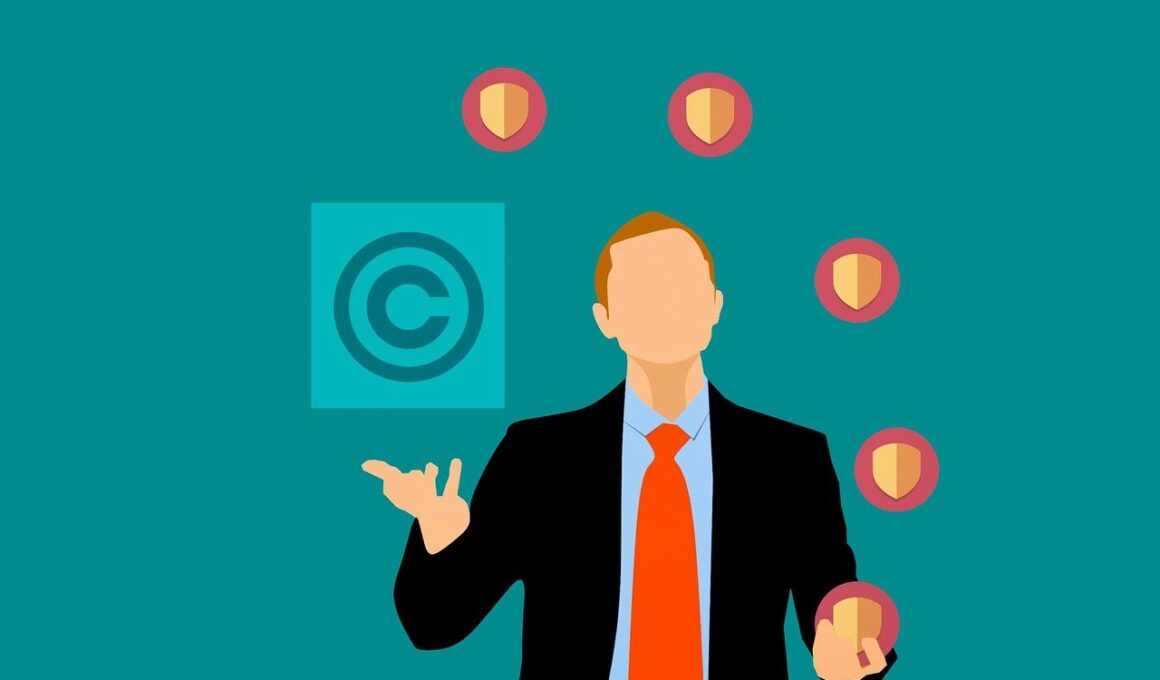Common Copyright Violations in Social Video Content and How to Avoid Them
In the realm of social video content, copyright violations can lead to significant consequences for creators. It is essential to understand what constitutes these violations, especially since platforms like YouTube and Instagram are stringent regarding copyright enforcement. Copyright infringement generally occurs when a creator uses copyrighted materials without proper authorization, exposing themselves to potential legal issues. Originality is paramount, and creators must strive to develop unique content to avoid infringement. It is suggested that they invest time in understanding copyright laws and the nuances of fair use. Fair use allows certain recontextualization of materials, but it is often a gray area subject to interpretation. Engaging with copyrighted materials like music, video clips, and third-party visuals can easily lead to violation accusations. To prevent such situations, creators should seek permission for any copyrighted work they wish to utilize. Additionally, it would be beneficial to utilize copyright-free or licensed resources. This proactive approach will not only safeguard creative interests but also help in building a reputable online presence.
Ignoring copyright violations can lead to copyright strikes, which can severely impact a creator’s ability to post or monetize content. Strikes accumulate over time and may eventually lead to account suspension or deletion. Furthermore, creators might experience reputation damage among their audience, making it challenging to maintain a loyal following. Employing a copyright audit technique can help creators assess their use of material and identify potential vulnerabilities. Creators should maintain an updated checklist of materials they have permission to use, ensuring compliance with copyright regulations. Regularly monitoring audience feedback regarding content can also be beneficial; the audience often identifies discrepancies between original and unauthorized content. Collaboration with legal experts experienced in copyright law can strengthen a creator’s understanding of their rights. This collaboration will provide clarity on the extent of fair use and the overall copyright landscape. Establishing a clear framework for copyright compliance is paramount for long-term success. Creators who are informed and proactive regarding copyright issues will likely build a sustainable digital footprint while avoiding unnecessary conflicts.
Understanding Fair Use in Social Video Production
Fair use is a pivotal concept within copyright law that can serve as a protective measure for social video content creators. It permits limited use of copyrighted material without securing permission from the copyright owner, fostering creativity and commentary. However, fair use is not universally applicable; it depends on several critical factors. The purpose and character of the use, particularly if it’s transformative or educational, play a significant role. Commercial use can complicate the fair use analysis, as it may not favor creators financially profiting from borrowed content. Additionally, the nature of the copyrighted work and the amount used in the creation of new content are also considered. Creators should aim to use only the portion necessary to fulfill their purpose. Finally, the effect of the use on the market value of the original work is a pivotal element; creators must ensure their use does not substitute the original work. Understanding and navigating these factors can help safeguard creators against potential copyright infringement, promoting a healthier creative environment.
Properly attributing sources is another important aspect of avoiding copyright violations within social video content. Even when obtaining permission or ensuring fair use, recognizing the original creator fosters ethical engagement. Creators should develop a habit of crediting all used materials, including but not limited to music, images, and video clips. In many cases, providing proper attribution can mitigate potential disputes while showcasing respect for original creators. Moreover, being transparent with one’s audience enhances credibility and fosters a sense of community among creators and followers. Inspiration can be drawn from prior works, but differentiation is essential to avoid crossing into infringement territory. Advanced editing techniques and visual styles can help recreate works while maintaining originality. Furthermore, utilizing platforms that offer resources for public domain content can provide tools that broaden creative freedom without undermining copyright law. It is important that creators remain vigilant about their sourcing habits and continuously seek avenues for creating distinctive content. Ultimately, a thoughtful approach to attribution and sourcing expands creative possibilities while respecting the rights of fellow creators.
Licensing vs. Copyright in Social Video
When creating social video content, understanding the difference between licensing and copyright is vital. Copyright automatically grants creators exclusive rights to their original works once they are fixed in a tangible medium. Licensing, on the other hand, is the granting of permission by the copyright holder to others to use their work under specified conditions. Creators should proactively seek licenses for any copyrighted content they wish to use, giving them clear rights and avoiding disputes. There are various types of licenses available, ranging from exclusive rights to more generalized usage agreements. Creative Commons licenses are particularly relevant in the social media realm, allowing creators to label their works in ways that facilitate reuse while still retaining certain rights. Careful examination of licensing terms is essential to ensure compliance with specified conditions such as attribution requirements or limitations on commercial use. Furthermore, investing in copyright education will empower creators with knowledge to navigate licensing options effectively. Being informed about both copyright and licensing significantly enhances a creator’s ability to produce high-quality, compliant content.
The importance of original content cannot be overstated when discussing copyright violations in social video production. Original content not only showcases creativity but also helps establish a unique brand identity within a saturated marketplace. Emphasizing originality aids in developing a loyal audience base, as viewers appreciate authenticity. Creators should invest time in brainstorming, scripting, and storyboarding their concepts to ensure a distinctive output. Collaboration with peers for brainstorming sessions can yield innovative ideas and prevent inadvertent plagiarism. Additionally, creators should actively engage with their audience, seeking feedback that can improve their work. This engagement helps highlight potential content ideas while ensuring that the produced material resonates with viewers. Alongside originality, utilizing innovative editing tools and techniques can elevate content quality, further distinguishing it from existing works. Implementing such practices fosters a positive environment that encourages creativity and discourages the temptation to infringe upon others’ works. By putting forward original content, creators are setting a strong foundation for their brand while minimizing potential copyright conflicts.
Conclusion: Best Practices for Copyright Compliance
In conclusion, adhering to copyright laws within social video content creation is paramount for sustained success. Implementing a set of best practices can significantly mitigate the risk of copyright violations. First and foremost, creators should prioritize originality and strive to produce unique content. Regular educational sessions about copyright laws and fair use can enhance understanding of compliance matters. Creators are encouraged to keep meticulous records of all materials used, especially when sourcing from external platforms. Investing in licenses for content usage or leveraging Creative Commons materials can safeguard against accidental infringements while fostering ethical practices. Maintaining open communication channels with fellow creators promotes a collaborative atmosphere that respects copyrights. Moreover, transparency regarding sourced materials nurtures community trust, allowing audiences to appreciate the hard work behind the content. As the digital landscape evolves, staying informed about changes in copyright law and emerging practices is essential. Ultimately, by actively engaging with copyright compliance, creators ensure their contributions are both impactful and legally sound, paving the way for a sustainable presence in social video.
Following these guidelines leads to a flourishing community of creators who respect each other’s works and promote innovation.


